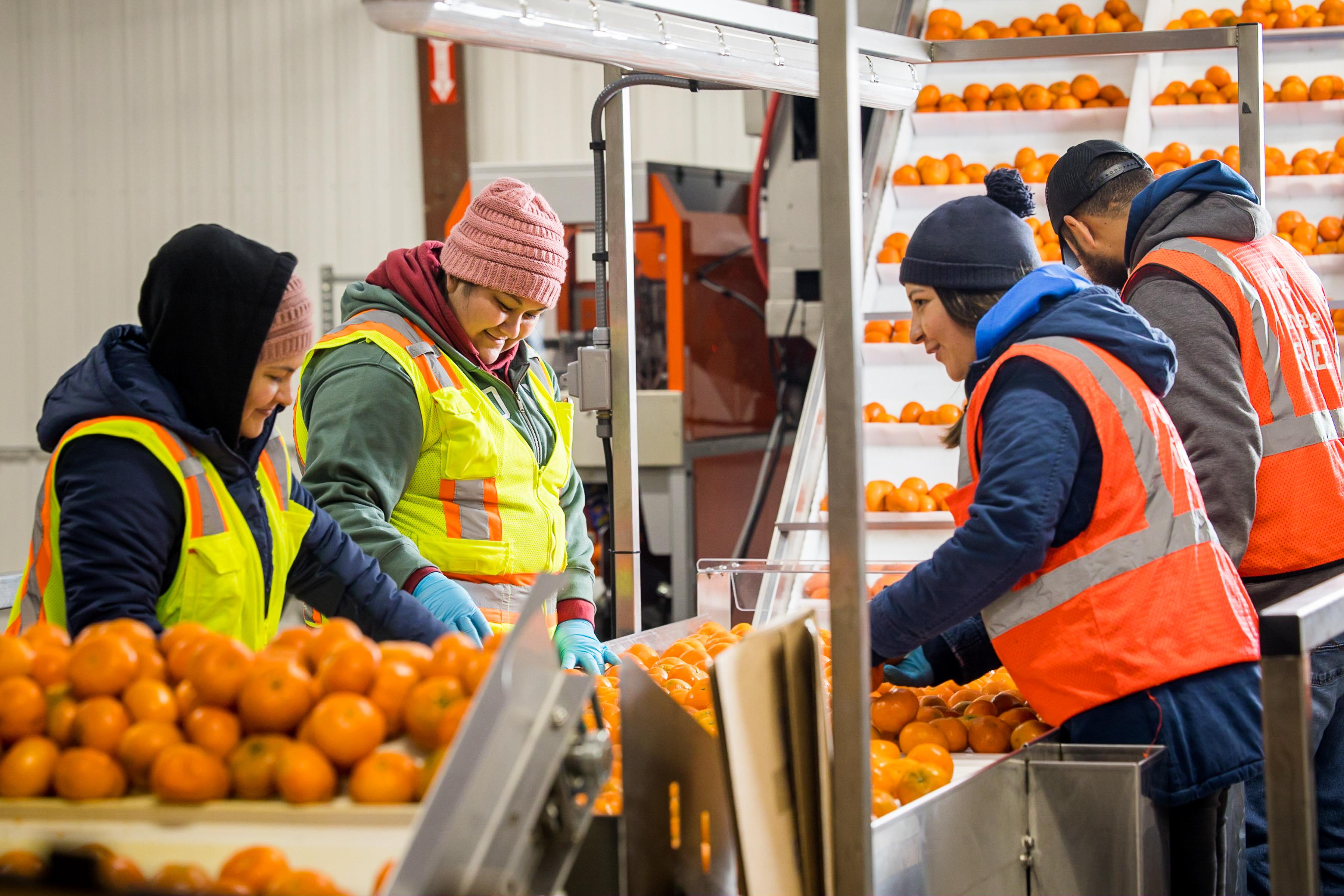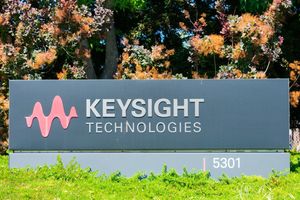 (NewsUSA)
(NewsUSA) - Amidst worldwide headwinds experienced in recent years, supply chain resilience across industries has taken center stage in a global conversation. Pivotal to these discussions is examining how to create a more food-secure future for everyone, everywhere. Have you ever wondered how the food on your table gets there? Most people have heard of the supply chain, but “the cold chain” is less commonly known. In its simplest terms, the cold chain is responsible for ensuring cold food, such as meat, poultry, produce and dairy, is safely stored and transported through the “middle mile” – from growers and producers to manufacturers and retailers, and ultimately, to your plate.
- Amidst worldwide headwinds experienced in recent years, supply chain resilience across industries has taken center stage in a global conversation. Pivotal to these discussions is examining how to create a more food-secure future for everyone, everywhere. Have you ever wondered how the food on your table gets there? Most people have heard of the supply chain, but “the cold chain” is less commonly known. In its simplest terms, the cold chain is responsible for ensuring cold food, such as meat, poultry, produce and dairy, is safely stored and transported through the “middle mile” – from growers and producers to manufacturers and retailers, and ultimately, to your plate.
However, moving food in this manner is no small feat – with a growing population set to reach 9.7 billion by 2050 (United Nations [U.N.]), the efficiency and reliability of the cold chain is more important than ever in helping feed the world. Fortunately, the world already produces enough food to feed 10 billion people, according to the U.N. Food and Agriculture Organization [FAO].
“With a current world population of 8 billion as reported by the U.S. Census Bureau, yet 9.6 billion tons of agricultural crop, livestock commodities and food produced annually, according to FAO, the challenge of feeding the world isn’t a matter of food availability; rather, it is about accessibility and creating a system capable of transporting and storing food where it is needed most,” said Elliott Wolf, VP & Chief Data Scientist, Lineage.
Reframing perceptions of food availability vs. accessibility
Across the globe, approximately 12 percent of food produced globally is lost due to an insufficient cold chain (International Institute of Refrigeration). Every year, more than one third of all food produced spoils before it can be sold, with fruits and vegetables making up the most of this spoilage (Rockefeller Foundation).
“Cold chain infrastructure is changing the food loss paradigm by establishing the essential global facility networks and transportation structures to move and store food to communities across the globe,” said Wolf.
The history of keeping food fresh and safe
The cold chain is an old industry. People have been keeping food cold as long as we’ve been able – first with ice and now with electricity. As more people moved farther away from food sources and into growing cities in the 19th century, the need to keep perishable food safe grew, spurring 20th century innovations. In 1913, Fred W. Wolf invented the first home electric refrigerator (Energy Saver, U.S. Department of Energy), and in the 1940s, Frederick McKinley Jones designed the first refrigeration unit for trucks to keep food fresh in transit (Lemelson-MIT Program).
The modern cold chain has helped lead strides in global nutrition, but access to effective refrigeration is still a leading contributor to the challenge of feeding the world. In 2009, the International Institute of Refrigeration estimated over 200 million tons of food waste could be saved annually if developing countries acquired the same cold chain capacities as those in developed countries (FAO 2019 State of Food and Agriculture).
The modern global cold chain is taking on the challenge of distributing food to all corners of the world – 197 million square miles a day – and ensuring it stays safe.
A smarter, more reliable and sustainable cold chain
The next frontier of the cold chain lies in digitizing, automating, driving sustainability and elevating the industry to go further in its mission to feed the world, driving those same improvements to more communities and new markets around the globe.
The modern cold chain is working to make the unpredictable, predictable. The implementation of machine learning algorithms has ushered in a new era of efficiency and optimization in warehouse operations, harnessing automation, and its ability to transform our environments to meet every need of an ever-growing population.
Why does automation in the cold chain matter to you? Think of the last time you heard about a spinach or chicken recall on the news, for example. Computer visioning technology automatically scans labels to help track all products in the warehouse, meaning that in case of a recall situation, companies and their customers can act immediately to destroy any recalled product to keep consumers safe.
Today’s cold chain also plays an important role as a steward of sustainability. Estimates suggest that 8-10% of global greenhouse gas emissions are associated with food that is not consumed (United Nations Environment Programme). With rising global awareness on energy conservation and corporate commitments to achieving net-zero carbon emissions by 2040, the middle mile is key not only to meaningful reduction of food waste but also accompanying greenhouse gas emissions.
Lineage, one of the world’s leading temperature-controlled warehousing and integrated solutions providers, is at the center of the cold chain, with billions of cubic feet in cold storage across hundreds of facilities around the world. In 2021, Lineage took a big step toward helping to preserve the planet by signing The Climate Pledge – and the commitment that comes with it to achieve net-zero carbon emissions by 2040.
From investing in renewable energy sources like solar to retrofitting older buildings to be more energy efficient or taking steps towards more sustainable transportation solutions, Lineage is leveraging tech innovation to become more sustainable.
At Lineage, the pivot from the traditional ways and methods of the cold chain demanded long-term planning and a serious commitment to technology. To make food accessible to everyone worldwide – 197 million square miles a day – we need the most connected food chain on the planet. That’s why Lineage continues to rise to new challenges, seek out new solutions in tech innovation, and work together to feed the world.






